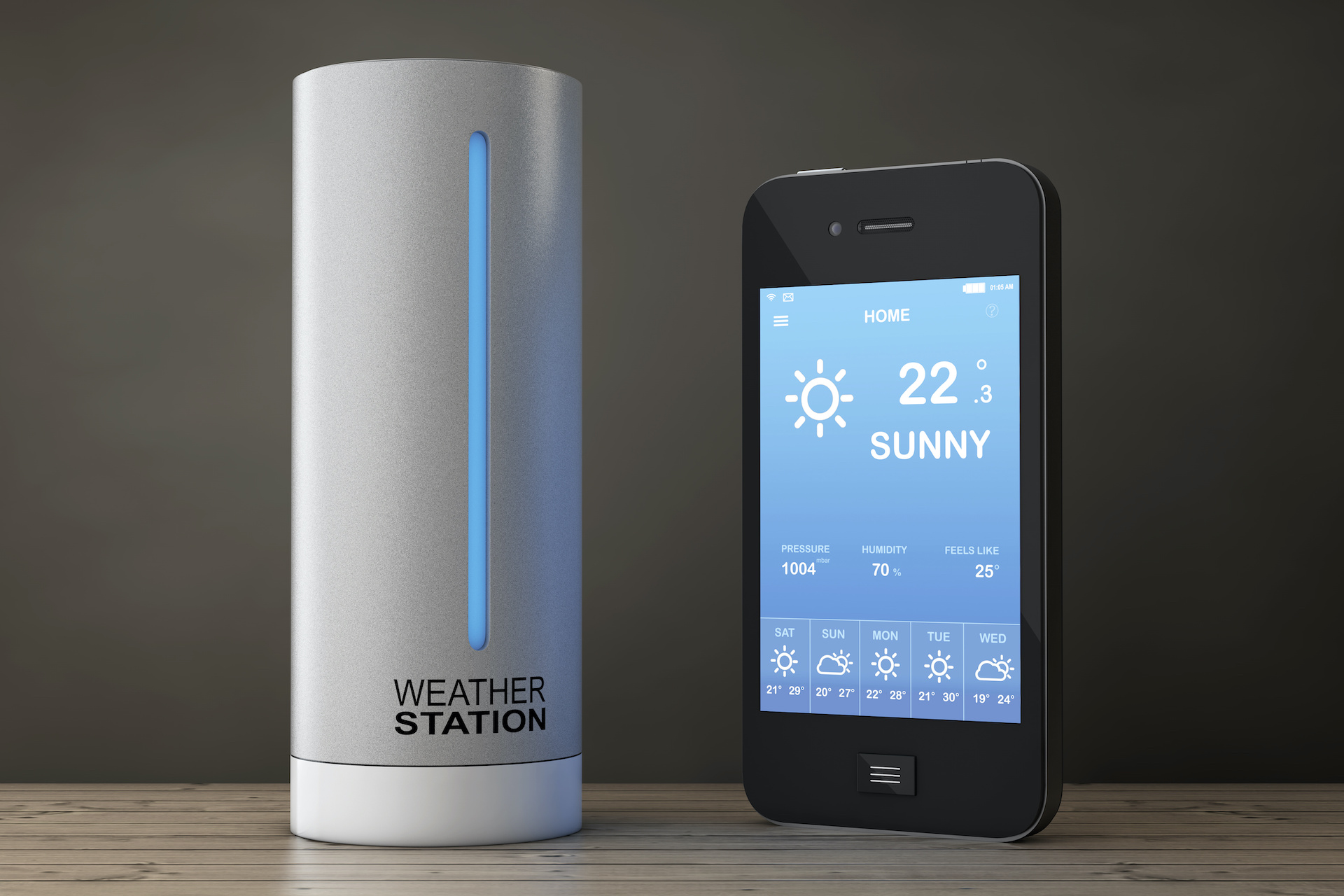Table of Contents
Air Purifier Xiaomi 2S? I am not allergic to it, but I am allergic to house dust. I got a tip from a friend that I should try an air purifier. Yeah, that makes sense. If you look at the global air pollution, in many areas there is much thicker air than here. No sooner said than done, so let’s get to the air purifier test.
What does an air purifier do?
But let’s start again from the beginning: What is an air purifier actually good for? As the name suggests, it purifies the air. Depending on the model, air purifiers can not only remove dust, pollen and pet hair. They can also filter odors and even poisonous formaldehyde, which can escape in homes made of e.g. plastics or wood and thus from furniture or floors.
Which air purifiers are available?
If you look at the range of products on offer, there are a variety of air purifiers or air fresheners as they are sometimes called. Some can humidify dry air, which can prevent illness, especially in the cold season when the heating is often switched on.
Other Lut filters “ionize” the air: During ionization, the oxygen molecules are electrically “charged”, the electrons are withdrawn from the molecules, leaving behind positively charged ions. This is intended to bind dust particles better in the air by electrostatic interaction. The dust particles suspended in the air attract each other, clump together and can be caught more easily by filters.
In addition, ozone is also created during the ionization of air. This molecule reacts very quickly with others, e.g. odor molecules, and decomposes them. However, this is not entirely uncontroversial, as too much ozone in the air we breathe can also be harmful. In this air purifier test, these functions, therefore, do not play any evaluative role.
Do air purifiers filter fine dust?
Particulate matter has been the new specter since the diesel debate on fresh air in the cities at the latest. What few know: The diesel itself has not so much to do with it. Most particulate matter is generated in road traffic by the abrasion of tires on the road. No matter whether petrol or diesel. Even electric vehicles cause fine dust.
However, wood-burning stoves are also a major cause of this and are enjoying ever-increasing popularity. But agriculture is also a major source of fine particulate matter. So anyone who thought they were safe from particulate matter in the countryside has been mistaken.
Particulate Matter
Particulate matter is defined as very small, not necessarily visible suspended particles in the air we breathe. During barbecues, at the fireplace and even when cooking in the kitchen, there are often large amounts of fine dust. Particulate matter is divided into the categories PM10 and PM2.5. PM stands for “Particulate Matter”.
The 10 stands for particles about 10 micrometers in size, and 2.5 for particles about 2.5 micrometers in size. Particulate matter is inhaled by humans and can cause chronic lung diseases, cancer or heart disease if the exposure is too high.
For the classification of air pollution, a 24-hour average value is always assumed. If the PM2.5 value is below 12 on average during this period, everything is green. Between a value of 12.1-35.4, moderate air pollution is assumed. If the value remains permanently above 35.5 it is already unhealthy for sensitive people. From a value of 55.5, health restrictions are to be expected in the long term.
And so finally to answer: Yes, many air purifiers with appropriate filters are able to clean the air of fine dust. It should be ensured that the device has an appropriate fine dust filter.
Do air purifiers help with allergies?
Absolutely. I myself have a slight dust and animal hair allergy. But also pollen allergy sufferers will appreciate an air purifier. In an air purifier, particles such as pollen, house dust, and animal hairs are reliably trapped.
What do I have to pay attention to when buying an air purifier?
If you want to buy an air purifier, be sure to check the size of the device. Depending on the room that needs to be cleaned, the air purifier must be sufficiently sized to circulate and filter the air in the room accordingly. Small table cleaners, for example, are quite cheap, but their effect is limited.
And: If you air the room quickly, the dust-free air will be gone in no time. The manufacturers often specify the cleaning performance of their air purifiers in m³, i.e. cubic meters. This is the amount of air that the unit is able to clean in one hour.
Xiaomi 2S air purifier test
After a long search on the internet for a suitable device and finally the tip of a friend, I decided to test the Xiaomi Air Purifier 2S in this air purifier test. Until recently only available as an imported product, often still with a Chinese plug, there is now also a European version of the device.
The Xiaomi Air Purifier 2S is currently available at Amazon for just over 130 dollars. A competitive price compared to the often significantly more expensive competing products of this size. The 2S filters about 310m³ of air per hour. Xiaomi specifies rooms with up to 37 m² as the maximum floor space for the air purifier. There is also the “big brother”, the Xiaomi Air Purifier Pro. This costs around 190 dollars and is suitable for rooms with up to 60m² floor space.
Equipment and functionality
The Xiaomi air purifiers are equipped with an OLED display for operation indication as well as sensors for temperature, humidity and a laser sensor for approximate measurement of fine dust particles (PM2.5) in the air. This is approximate because the laser method can only achieve estimated values. A calibrated fine dust measuring instrument, such as those used on roads, is much more complicated.
In addition, the Xiaomi air purifier can be connected to the Internet via WLAN. Then control is possible with the “Mi Home” app on the iPhone or Android smartphone. In addition, the device can be controlled via voice assistants to call.
Filter variants
There are three different types of filters available for the Xiaomi air purifier. The unit is supplied with a blue, round HEPA filter. (It is advertised with the filter class “HEPA 11”, and filter performance of >99.95%. However, this must be the H13 filter, because class 11 would only be an EPA (E11 filter and then “only” a cleaning performance of >95%). In addition, a green version is available, which is additionally equipped with an activated carbon filter and is also designed to filter formaldehyde. A purple filter variant equipped with an antibacterial surface to kill bacteria in the air.
The original Xiaomi filters cost between 30 and 45 dollars, depending on supplier and type, and last, at least about six months, depending on use. The air purifier has a current filter wear indicator. However, this only works with original accessories. There are cheaper replicas, but they come without chip and thus without wear indicator. So if you can do without them, you can still save some money with the generic filter types.
Operation on the device
The operation of the device is very easy: There is only one button on the device itself. This button turns the Xiaomi air purifier on and off. In each case with a slightly longer press on the button. A short press switches between the different operating modes Automatic, Night and Maximum. As long as the fine dust value PM2.5 remains below the value of 21, the air purifier is hardly or not at all audible in automatic mode. Only if you hold your hand above the fan at the top will you feel a clear draft. If the PM2.5 exceeds this limit, the air purifier switches to a stronger cleaning depending on the value. In night mode, the air filter cleans at the lowest level and is not audible. So, it shouldn’t disturb any sleep.
Remote control in the Smart Home
Fine-tuning and remote control of the Xiaomi air purifier is possible only with the smartphone via the Mi Home app. Schedules can be set here, the user can view the current room temperature, humidity and filter wear in addition to the fine dust value PM2.5.
The smartphone also allows you to conveniently switch between automatic, night and manual modes. In addition, in manual mode, the strength of the air filter can be controlled individually according to the size of the room using a slider. With the digital voice assistant Google Home, the air purifier can also be controlled by voice. For Amazon Echo, there is now also the matching Alexa. So the air purifier can also be conveniently controlled by voice.
Volume
In my air purifier test, the Xiaomi Air Purifier 2S proved to be pleasantly quiet. In night mode it is practically not audible. Also, the automatic mode only becomes audible when the contamination values increase significantly. At full power, however, it is quite loud, comparable to a circulating air kitchen hood at full power or a hand vacuum cleaner. But in return, he also creates a lot of “something away”.
Sensitivity
The laser sensor reacts very sensitively to contamination. On warm, dry and thus dusty days, the PM2.5 value shot up from 6 in the room within a few seconds to 20-25 when airing the room, which was roughly in line with the fine dust values at my location on those days. A somewhat out-of-control cooking orgy in the adjoining kitchen once caused the value to rise to 151 shortly after opening the door to the living room. Too little for the smoke detector, enough for the air purifier, which then audibly increased in power.
Even if guests smoke once on the balcony and then only come back into the living room through the door for a short time: nothing escapes the air purifier and the values go up significantly.
Power consumption
Not unimportant is power consumption. For my air purifier test, I have therefore inserted a measuring device. In the night and quiet automatic mode, this showed about 2.8 watts of power. At maximum setting, the hunger for energy increased to about 28 watts. This corresponds to the manufacturer’s specifications, which speak of the nominal power of about 29W.
The air purifier in everyday life
If you own an air purifier, there is, of course, no getting around ventilating the apartment. The unit only filters the air present. Nevertheless, one should provide a fresh exchange every day by vigorously airing the room for a few minutes at least once a day. Firstly, the room climate normalizes and secondly, fresh oxygen comes back into the room. Moreover, regular airing prevents the formation of mold.
With the ventilation, however, all the airborne particles now come into the apartment. On dry, warm days more than in rainy weather, of course. So after ventilating, it is time to switch on the air filter. And see there: After airing, the value, which always levels off between 5-8 during the day and night, increases significantly on some days.
Now do not wait long until the dust has settled, but switch the air filter to full power for a few minutes immediately after closing the windows. Once the dust is on the furniture, the air filter can no longer suck it in.
Is air purifier useful?
So what is my verdict in this air purifier test? So can you save on dusting with such a device in the future? No, it’s not that simple. After only a few weeks, significant dust accumulations were visible on the air filter of the Xiaomi. All that dust would have ended up somewhere in the apartment by now. Nevertheless: There will be no getting around dusting in the future. However: it takes noticeably longer for an unattractive layer of dust to accumulate.
The Xiaomi Air Purifier 2S is a decent air purifier and consumes a maximum of only 30 watts even at full power, in sleep mode with low dust exposure it consumes an economical 2.8 watts. For only about 150 dollars for the 2S and just under 190 dollars for the big pro, a real bargain compared to other, certainly good models.
Admittedly, one must not disregard the follow-up costs. Every half-year a new filter costs about 35 dollars. But then the air filter was also in operation around the clock. Those who use the device only sporadically, for example, to clean the air before going to bed from dust and pollen, can certainly manage longer with a filter.
Especially for allergy sufferers, such an air purifier can be a real blessing. If there is anything negative to say about the air purifier test of the Xiaomi Air Purifier, it may be that I personally would have liked the connection cable to be a little longer, with its only about 1.45 meters. For most placements, however, even this is sufficient.
Also check: Air purifier Xiaomi 2H



